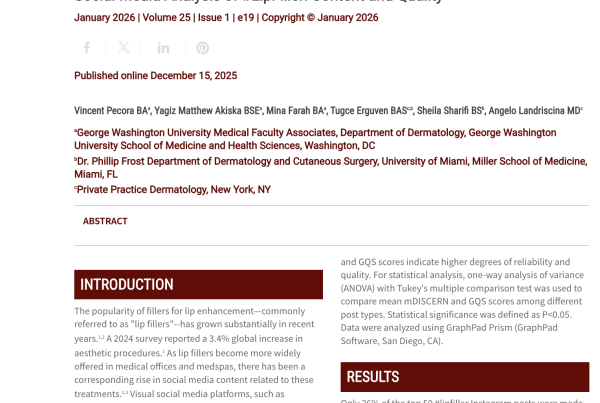Featured Article

With the busy practitioner and dermatology resident in mind, we provide here a disease state primer for hyperhidrosis, a top-line review of the breadth of literature underscoring the overall burden of the disease, a practical guide to differential diagnosis, and an update on current treatment approaches, including for the most common form of the condition, primary axillary hyperhidrosis.
A case study on the importance of early and effective management strategies for those suffering with hyperhidrosis.
In the most simplistic definition, hyperhidrosis is excessive sweating. However, it is largely misunderstood, often goes undiagnosed, and continues to be inadequately managed for many patients. Approximately half of those who self-identify as having excessive sweating do not discuss their symptoms with healthcare professionals despite the severe negative impact on their quality of life; reasons for this include the misconception that hyperhidrosis is not a medical condition and that no treatments exist.
In one study, only half of patients who reported their symptoms to a healthcare professional were ultimately diagnosed with primary hyperhidrosis, which may reflect a reality of widespread underdiagnosis of the condition.1 In a survey conducted by the International Hyperhidrosis Society (IHhS), 48.9% of patients waited 10 or more years before seeking medical help for their excessive sweating.2
With the busy practitioner and dermatology resident in mind, here we provide a disease state primer for hyperhidrosis, a top-line review of the breadth of literature underscoring the overall burden of the disease, a practical guide to differential diagnosis, and an update on current treatment approaches.3, 4 In addition, a case study in primary axillary (underarm) hyperhidrosis is presented to provide a real-life perspective from the clinic on the importance of early and effective management strategies for those suffering with hyperhidrosis.
You May Also Like









